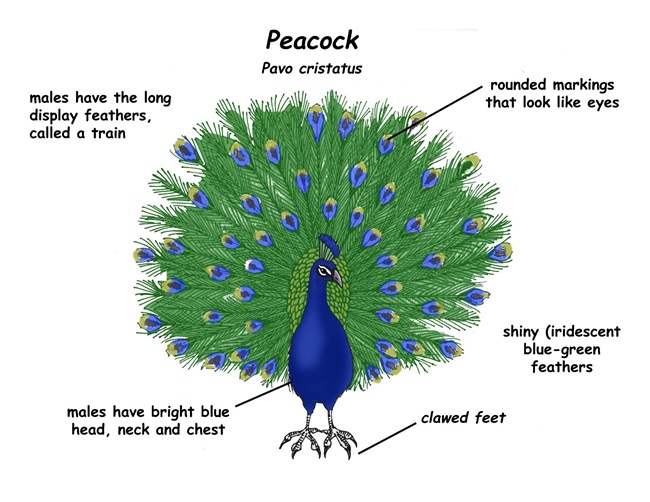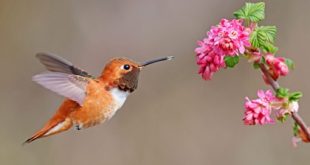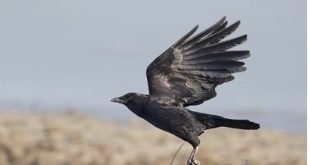The peacock, known for its vibrant beauty and majestic display, is a bird that has captivated humans for centuries. Scientifically called Pavo cristatus, the peacock is the male of the species, while the female is called a peahen. The peacock’s body is a marvel of nature, designed for survival, courtship, and display. Each part of its anatomy plays a crucial role in its daily life. Let’s delve into the body parts of the peacock and understand their functions in detail.
A Body Parts Of Peacock

1. Head and Crest
The peacock’s head is relatively small compared to its body. It houses sharp vision and hearing capabilities, which are vital for detecting predators and interacting with its environment. Atop the head, the peacock sports a unique crest made up of slender, upright feathers. This crest is not only a distinguishing feature but also plays a role in communication. During courtship displays or when feeling threatened, the peacock’s crest feathers may vibrate slightly, adding to its visual appeal.
2. Eyes
The peacock has large, expressive eyes that provide excellent vision. As a prey species, its eyes are crucial for spotting predators from a distance. Peacocks have monocular vision, meaning each eye operates independently, giving them a wide field of view. Their keen eyesight helps them locate food, navigate their surroundings, and assess potential mates.
3. Beak
The peacock’s beak is small yet strong, adapted for pecking and foraging. It is used to pick grains, seeds, insects, and small creatures. The beak also serves as a grooming tool, helping the peacock preen its feathers to keep them in pristine condition.
4. Neck
The long, slender neck of the peacock is covered in iridescent blue feathers, which are not only stunning but also functional. The neck’s length allows the bird to reach the ground easily while foraging and to scan its surroundings from a higher vantage point. The muscles in the neck are strong and flexible, enabling precise movements during feeding and displays.
5. Body Feathers
The peacock’s body is adorned with metallic green and blue feathers that shimmer in sunlight. These feathers provide insulation, protecting the bird from varying temperatures. They also play a critical role in camouflage, blending with the foliage to hide from predators.
6. Train (Tail Feathers)
The train is the most iconic feature of the peacock. Although commonly referred to as the tail, the train is actually made up of elongated upper-tail covert feathers. These feathers are decorated with iridescent eyespots called ocelli, which vary in size and color. The train is used primarily for courtship displays. During mating season, the peacock fans out its train to create a stunning visual display, which serves to attract peahens. The size, symmetry, and brightness of the train are indicators of the male’s health and genetic quality.
The train also serves as a deterrent to predators. When fanned, it makes the peacock appear larger and more intimidating. However, the train does come with a cost—it can hinder mobility and make the bird more vulnerable to predators.
7. Tail (True Tail Feathers)
Beneath the train lies the true tail, composed of shorter, stiff feathers. These tail feathers support the train during displays and help the peacock maintain balance while walking or flying. They are essential for the structural integrity of the elaborate train.
8. Wings
The wings of the peacock are relatively short and broad, making it capable of short bursts of flight. Though not known for long-distance flying, peacocks use their wings to escape predators, roost in trees, and navigate their habitat. The wings are covered with vibrant feathers that add to the bird’s overall beauty.
9. Legs and Feet
The peacock’s legs are strong and adapted for terrestrial living. They are covered in tough scales, which provide protection while walking on rough terrain. The bird has three forward-facing toes and one backward-facing toe, which aid in balance and grip. Peacocks are ground-dwelling birds and rely on their legs for running, scratching the soil for food, and perching on branches.
Male peacocks have a spur on the back of their legs, which they use as a weapon during territorial disputes or to defend themselves from predators.
10. Claws
Each toe ends in a sharp claw that aids in digging and foraging. The claws also provide additional grip when climbing trees or balancing on branches.
11. Skin and Plumage
The skin beneath the peacock’s feathers is thin but tough, providing a barrier against environmental elements and parasites. The plumage, or feather covering, is the most striking feature of the bird. The intricate patterns and colors of its feathers result from the microscopic structure of the feathers, which reflect and refract light to produce iridescence. This feature is critical for mating displays and plays a role in the bird’s social hierarchy.
12. Digestive System
The peacock’s digestive system is adapted to its omnivorous diet, which includes seeds, grains, fruits, insects, and small animals. Its crop, a pouch-like organ, stores food temporarily before it is digested. The gizzard, another part of its digestive system, grinds food with the help of swallowed stones, aiding in digestion.
13. Respiratory System
Peacocks have a highly efficient respiratory system, with air sacs that ensure a continuous flow of oxygen through their lungs. This system supports their energy needs during activities like flying and displaying their train. Their vocalizations, which include loud, piercing calls, are produced by the syrinx, a specialized vocal organ.
14. Reproductive System
Male peacocks have reproductive organs that produce sperm, which is transferred to the female during mating. The reproductive system of the female peahen includes ovaries that produce eggs. The peacock’s elaborate courtship displays are designed to showcase its fitness and attract mates, ensuring the continuation of its genes.
15. Brain and Nervous System
The peacock’s brain is relatively small but well-developed for its needs. It is responsible for processing sensory information, coordinating movements, and facilitating complex behaviors like courtship displays and predator evasion. The nervous system is highly responsive, allowing the bird to react quickly to external stimuli.
16. Skeleton
The peacock’s skeleton is lightweight yet strong, enabling it to support its large body and elaborate train. The bird’s bones are hollow, reducing its weight and aiding in flight. Its skeletal structure provides the framework for muscle attachment, essential for movement and display.
Conclusion
Every part of the peacock’s body is a testament to nature’s ingenuity, designed to balance beauty, survival, and reproduction. From the shimmering train that mesmerizes onlookers to the sharp claws that help it forage, each feature serves a purpose. The peacock’s anatomy is not only a marvel of evolution but also a reminder of the intricate connections between form and function in the natural world.


